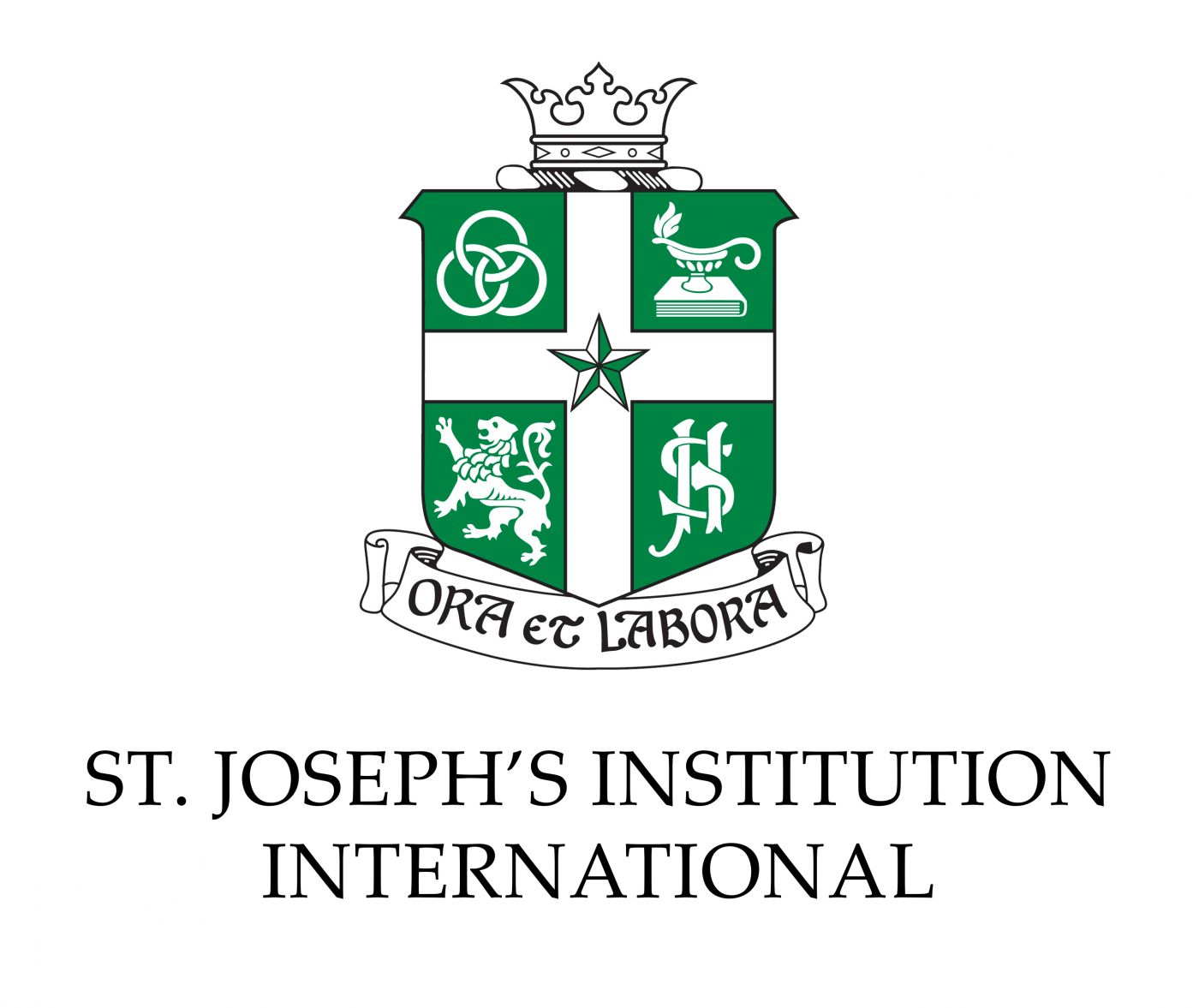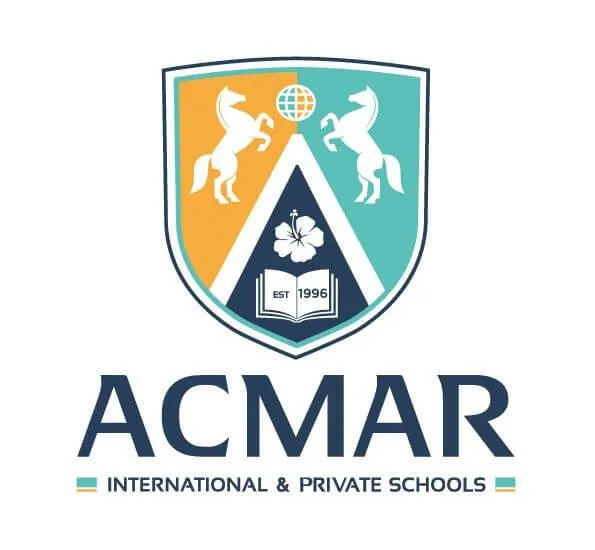The Cambridge Curriculum consists of four stages and gives students a clear path for educational success from age five to 19. These four stages of the Cambridge Curriculum are Cambridge Primary, Cambridge Lower Secondary, Cambridge IGCSE and Cambridge International AS & A Levels. The Cambridge Curriculum is also flexible — each stage can be offered on its own by a school and students can choose to transition to another curriculum after a certain stage. This flexibility also means students can begin their studies in one country and complete them in another. Schools have the option to adapt the Cambridge Curriculum’s academic content to suit their students’ local needs and contexts. However, the syllabus aims and assessment objectives are standardised worldwide.
What is the Cambridge Curriculum?
The Cambridge International Curriculum was introduced by Cambridge Assessment International Education, a globally recognised provider of international qualifications. This curriculum shapes an individual’s education from age five to 19 and allows them to focus on subjects based on their strengths and interests. Cambridge International is part of the world-renowned University of Cambridge. Over 10,000 schools in 160 countries offer Cambridge programmes and qualifications.
What subjects are covered?
The Cambridge Primary programme develops skills and understanding in ten subjects, including English, mathematics and science, and includes assessment that proves and improves learning.
For Cambridge Lower Secondary, students are taught core subjects such as English as a first or second language, mathematics, science, Cambridge Global Perspectives and ICT Starters. Students can also dabble in newly added subjects – Art & Design, Digital Literacy, Music and Physical Education.
Students in Cambridge Upper Secondary prepare to sit for the IGCSE examination between the ages of 14 and 16 years. It was developed over 30 years ago and is recognised by leading universities and employers worldwide. There are over 70 subjects available at Cambridge IGCSE, including 30 languages, and schools can offer them in any combination.
Next, students transition to the final stage of the Cambridge International Curriculum, Cambridge Advanced. The Cambridge International AS & A Levels are offered and is a globally recognised qualification as well as a ticket to many higher education institutions worldwide. Students have the opportunity to develop a deep subject understanding (with 55 courses available) together with independent learning and constructive thinking skills.
Structure & Format
The curriculum’s structure is known as the Cambridge Pathway and consists of Cambridge Primary (5 to 11 years old), Cambridge Lower Secondary (11 to 14 years old), Cambridge Upper Secondary (14 to 16 years old) and Cambridge Advanced (16 to 19 years old).
Students in Upper Secondary usually sit for either the IGCSE or O Level examinations. Schools which provide the Cambridge IGCSE can offer subjects to their students in any combination. The Cambridge O Level qualification is equivalent to the Cambridge IGCSE and UK GCSE. Both IGCSE and O Level are assessed through oral tests, coursework and practical assessments. In addition, IGCSE and O Level are internationally recognised secondary school leaving qualifications, and are accepted as entry requirements to most pre-university programmes worldwide.
The most popular pre-university route for those who complete the IGCSE or O Level is the Cambridge International A Level. It is typically a two-year course where students study three or four subjects in the areas of Science, Arts, Humanities and many more. The content of each A Level subject is divided into AS syllabus which is covered in the first half of the course and A2 in the second half. Students have the option to sit for all their papers at the end of the course, sit for two final examinations at the end of AS and A2 stages or take the AS as a stand-alone qualification. The A Level is a well-known pre-university programme and a ticket to many undergraduate programmes in universities worldwide.
What is the aim of the curriculum?
The Cambridge Pathway gives students a clear path for educational success from age five to 19. The four stages of the Cambridge Pathway lead seamlessly from primary to secondary and pre-university years. Each stage builds on the learners’ development from the previous one, but can also be offered separately. This flexibility means that students can hop on and off at any point along the way.
The flexibility and international nature of the Cambridge International curriculum also means that students can begin their studies in one country and complete them in another. What is taught in the classroom won’t be exactly the same in each country – as schools have freedom to tailor the course content to suit their students’ local needs and contexts – but the syllabus aims and assessment objectives are the same worldwide.
How is the grading system and requirements for graduation?
Students’ academic progress are assessed through Checkpoints at the end of Cambridge Primary and Cambridge Lower Secondary. Both Cambridge Primary Checkpoint and Cambridge Lower Secondary Checkpoint assess students’ proficiency and ability in English, English as a second language, mathematics and science. These checkpoints provide teachers with an international benchmark to measure their students’ progress and tailor individual learning programmes. Furthermore, a feedback report is created based on each student’s results which enables detailed and structured reporting to their parents.
Benefits/Advantages of the Cambridge curriculum
Five elements define the Cambridge education which are international curriculum, teaching, learning, assessment and international recognition. Its international curriculum is constantly updated through expert international school research and consultation with schools. In terms of teaching and learning, teachers are expected to guide their students to become confident, engaged and independent learners. Next, assessment in the Cambridge International Curriculum is fair, valid and reliable. In addition, Cambridge qualifications are internationally recognised by higher education institutions all over the world.
Click here to find schools that offer the Cambridge Curriculum!


































